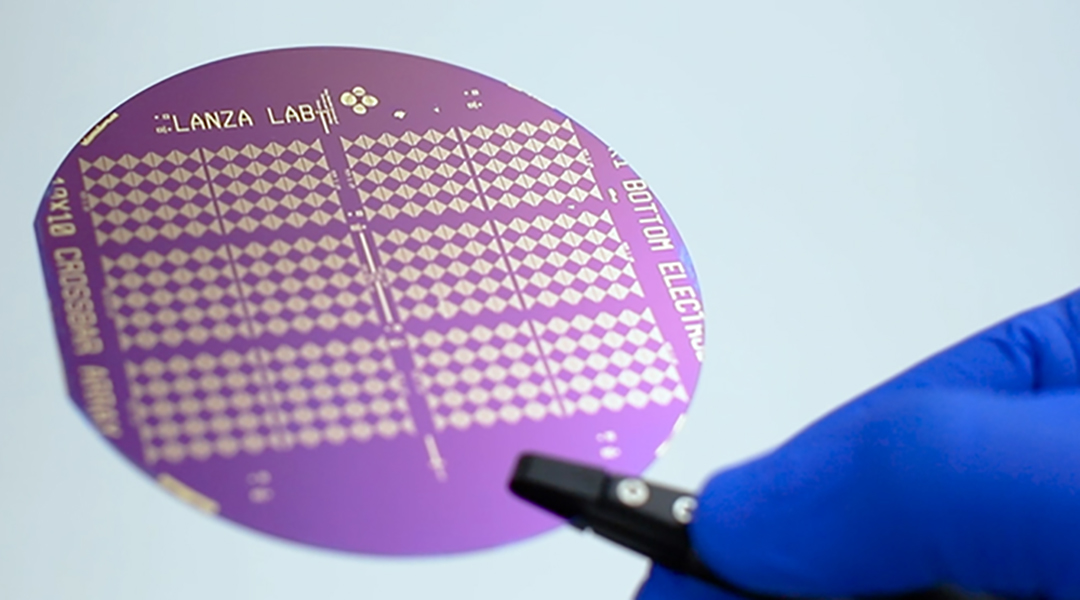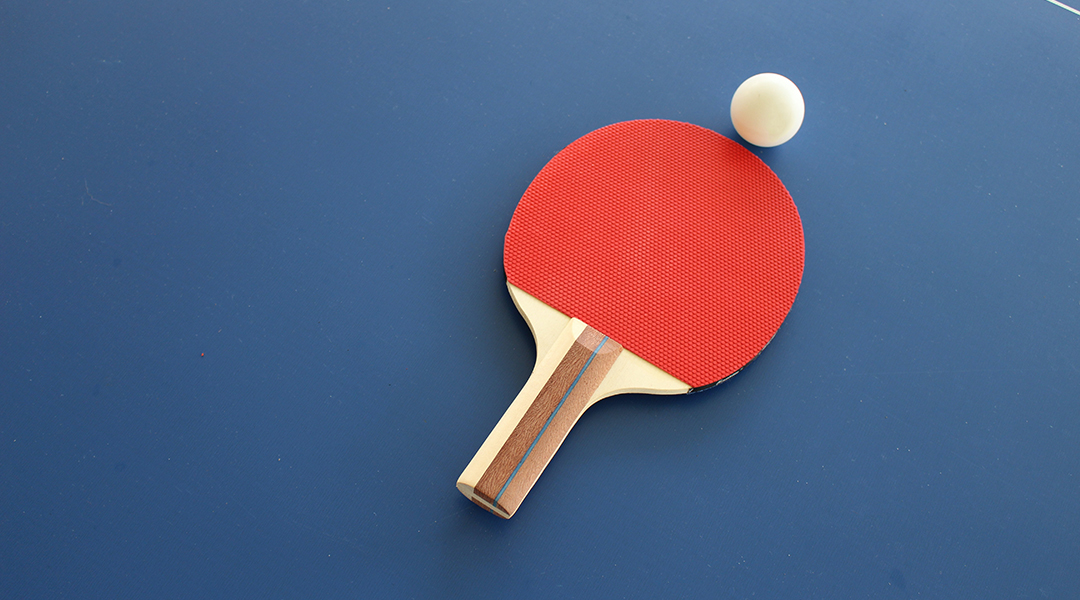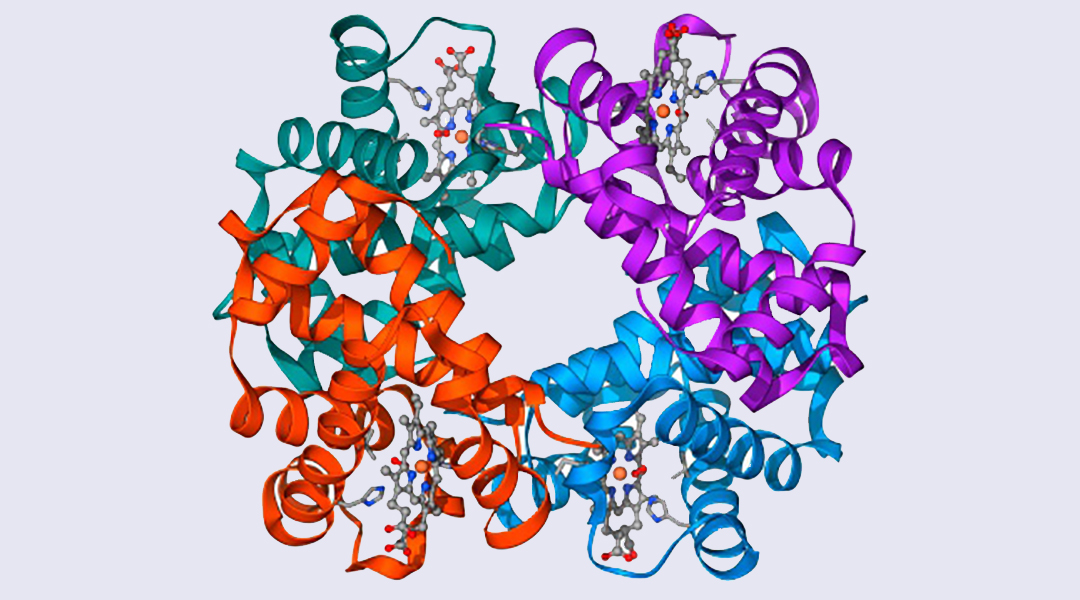Using atomically-thin 2D films, researchers have developed a nano-scale random number generator with enhanced long-term stability and reduced power consumption.


Using atomically-thin 2D films, researchers have developed a nano-scale random number generator with enhanced long-term stability and reduced power consumption.

Exoskeletons of tree-dwelling and terrestrial beetles differ in their structural-mechanical properties and have inspired the design of new composite materials used for bioengineering.

A pollen-based ink opens doors for advancements in 3D bioprinting.

Using advanced sensors and a thermally responsive skin, a new robotic chameleon demonstrates mastery over color.

A new machine learning algorithm called “Active Learning” could help identify the best materials for any desired application.

An origami-based design enables self-guided folding and deployment of pop-up structures for various biomedical, robotic, and aerospace applications.

Ping pong is one of the Olympics’ most gripping sports, and researchers in China are trying to make ping pong paddles smart.

Researchers working to understand climate change, find inspiration in the most unlikely of places.

Scientists have developed a polymer-coated glass that can change from transparent to opaque when exposed to sunlight and heat.

This will be one of the most important datasets since the mapping of the Human Genome, say experts.